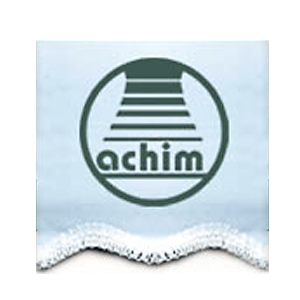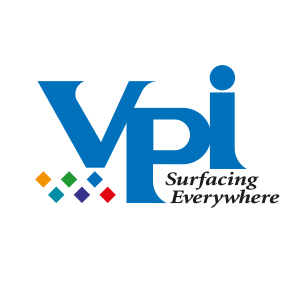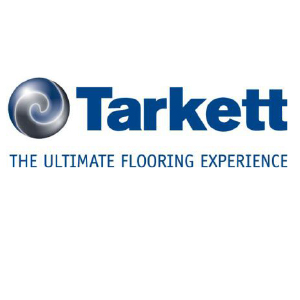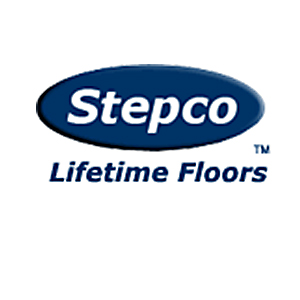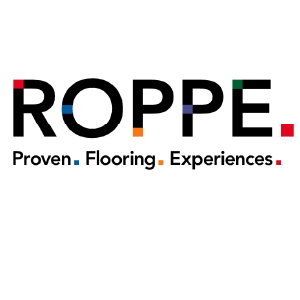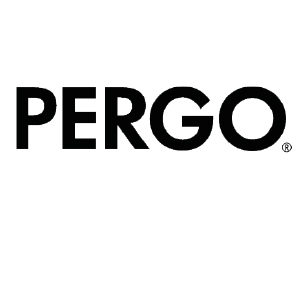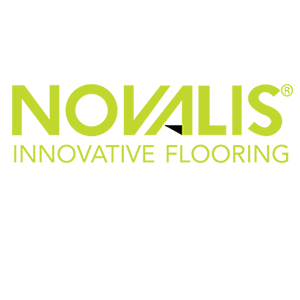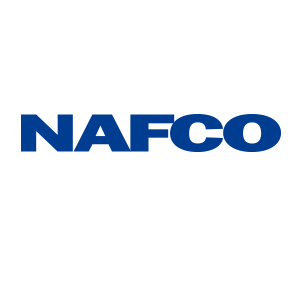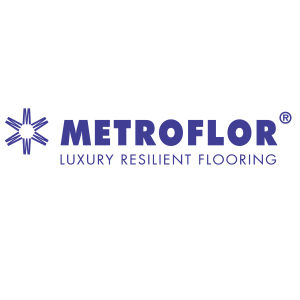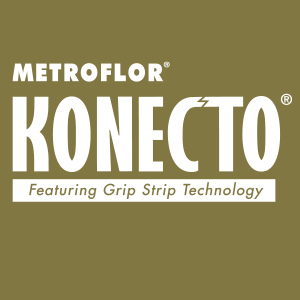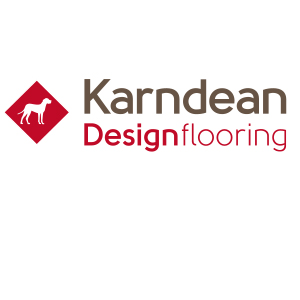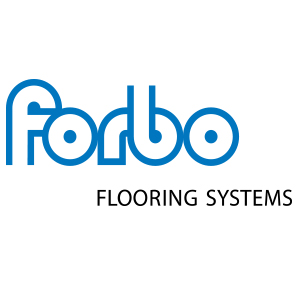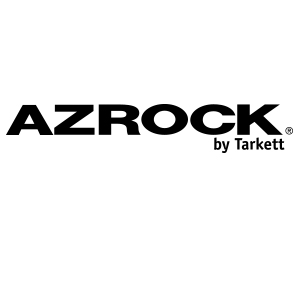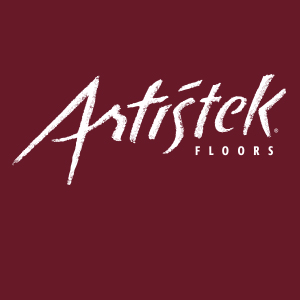- No products in the cart.
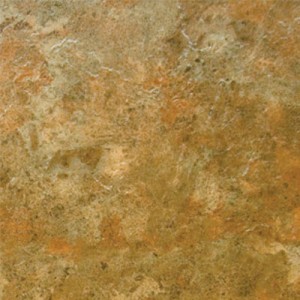 An article on the need to get your vinyl floors professionally cleaned. Mopping is not always the perfect solution. Keeping tile and vinyl floors clean over time takes more than just mopping.
An article on the need to get your vinyl floors professionally cleaned. Mopping is not always the perfect solution. Keeping tile and vinyl floors clean over time takes more than just mopping.
Tile and vinyl floors are a popular and attractive flooring choice in many homes. They are beautiful and come in a huge variety of colors and styles. They are also durable flooring options, and you can generally expect to get a long life out of your tile or vinyl floor with proper maintenance.
But is mopping enough to get tile or vinyl floors clean over time? Here are some tips for cleaning and maintaining your tile or vinyl floors, and why professional cleaning is a great way to help ensure your flooring is long lasting.
Clean Sweep
Left too long, dirt on your floor can get ground into your tile or vinyl. Once it’s ground in, it can affect the luster and shine, as well as the surface, of your floor. Sweeping your floor daily can help reduce the dirt and debris that can damage your floor.
Mopping with Purpose
Mopping is essential to maintain the surface of your tile or vinyl floor.
Here are some things to keep in mind with mopping. Read them at whitehallcarpetcleaners.com
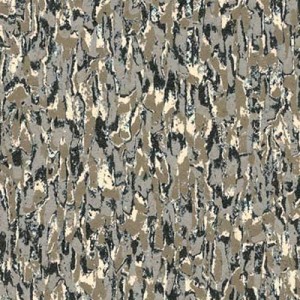 An interesting article on people of India preferences for vinyl floors.
An interesting article on people of India preferences for vinyl floors.
The demand for Vinyl flooring is fast growing in India, in both residential and commercial spaces. These floorings are fast replacing the standard vitrified tiles. Vinyl floors are an ideal choice for a wide range of commercial applications.
These floors are proving to be more resilient and cost effective as compared to other options. Versatile, low maintenance and stain resistant, the vinyl floor coverings are available in homogeneous and heterogeneous patterns.
While the homogeneous variety consists of a single layer that adds depth and intensity, the heterogeneous range offers multiple layers and patterns, allowing for expressive patterns and designs to perk up floor spaces.
Further, some of the patterns closely follow the look and feel of natural flooring materials. They are also enriched with added strength, flexibility and resistance, and are also anti-microbial, stainless, stain-proof, anti-slip and eco-friendly.
Read more at indianexpress.com
 Shaw Industries announced today that it is exiting the area rug business and will convert its rug facility in Ringgold, Ga., into a luxury vinyl tile (LVT) manufacturing facility.
Shaw Industries announced today that it is exiting the area rug business and will convert its rug facility in Ringgold, Ga., into a luxury vinyl tile (LVT) manufacturing facility.
“The economics of the rug business today simply do not allow for future growth or encourage further investment,” said Vance Bell, Chairman and CEO for Shaw Industries. “We have been intentional about exiting this business at a time when more opportunities exist for our associates.”
Bell said most of the 400 associates employed by the Shaw Living Rug Division will have opportunities at other locations in the company. Customers will be serviced through a transition period.
LVT is the fastest growing category in the flooring market today. Shaw has been participating in this market for three years, but up until this point has not manufactured LVT. In repurposing the current facility to a new LVT manufacturing site, Shaw will be able to shorten the timeframe to begin manufacturing the product, utilize an existing facility, and keep jobs in the Ringgold area.
“We will continue to invest in businesses where we see future growth and opportunities,” Bell said in a statement today. “Over the past few years, we have developed a significant business and market-leading position in the LVT flooring category. This new facility will provide domestic manufacturing for a portion of our product line, allowing us to further enhance our product development, service, and overall customer satisfaction.”
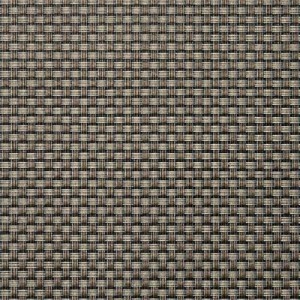 A convincing article on the Eco-friendliness of the linoleum floors, by Katie Marks.
A convincing article on the Eco-friendliness of the linoleum floors, by Katie Marks.
Quick: tell me what you think of when you hear the word “linoleum.” Cheap, tacky-looking polyvinyl chloride (PVC) sheeting sprawled across your floors, right? With some ridiculous pattern designed to make it look like something else when we all know it’s just another toxin-emitting substance making you, and your home, sick. It’s probably one of those things you aim to rip out ASAP during your next remodel.
Would you be surprised to learn that linoleum is actually one of the most ecologically-friendly flooring materials available?
There is, of course, a little catch: we’re talking about natural linoleum, which was originally developed in the 1850s. The inventor, Frederick Walton, put two and two together and made linoleum, producing it from recycled materials like minerals, wood and cork dust, and so forth, bound together with linseed oil and pine rosin on a burlap backing. Better yet, you can actually recycle old linoleum to make new linoleum, which is a pretty neat trick!
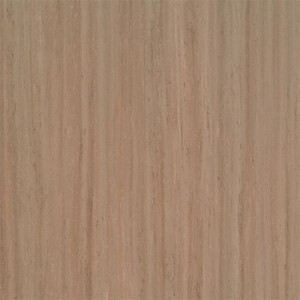 We found this fantastic article that explain the difference between linoleum floor and vinyl floor. These terms are sometimes used interchangeably, but they actually refer to two different kinds of flooring. Here’s what they have in common: they’re both available in both sheet and tile forms in a range of patterns and styles that can be used in kitchens, bathrooms, and other rooms of the house. Both are great for high-traffic areas of the home, as well as areas where moisture and heat might cause cracking and damage to other types of flooring materials.
We found this fantastic article that explain the difference between linoleum floor and vinyl floor. These terms are sometimes used interchangeably, but they actually refer to two different kinds of flooring. Here’s what they have in common: they’re both available in both sheet and tile forms in a range of patterns and styles that can be used in kitchens, bathrooms, and other rooms of the house. Both are great for high-traffic areas of the home, as well as areas where moisture and heat might cause cracking and damage to other types of flooring materials.
On linoleumfloor.net we have a large selection of both linoleum floors and vinyl floors, because people get these two very easily confused, it’s fair to present both choices.
“I may have mentioned recently that I’m in the process of getting ready to replace my bathroom floor, which is currently a mix of aging vinyl flooring and carpeting. The vinyl floor actually isn’t in bad shape, although the dark pattern makes the bathroom feel positively cave-like in the winter, but the carpeting is completely disgusting, and it’s long past time to go. Since I’m a renter, I’m working with my landlords on the project, and we had an interesting conversation about the best material to replace the floor with.
I’d love tile, of course, or possibly slate or natural fieldstone. The upkeep is higher, but these materials look nicer, and they hold up longer. Of course, they’re also more expensive, and in addition, their weight might necessitate an evaluation of the existing subfloor to determine if it needs to be replaced or shored up, which is an issue you should consider if you’re thinking of adding tile to a floor. I didn’t even bother broaching the subject with my landlords, since I knew the response would be a suggestion that while I was more than welcome to pay for it, they definitely wouldn’t! (And one of the few advantages of renting is that I get to remain blissfully free of responsibility for those bills from San Francisco tile companies. I would prefer to keep it that way!)”
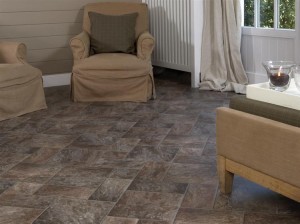 Vinyl flooring is a great low maintenance option for rooms such as children’s playrooms, bathrooms, kitchens, and dens. Unlike carpet, it doesn’t stain, and vinyl flooring is much more affordable than tile or carpet. Particularly in high traffic areas, vinyl flooring can offer you and your family the durability you need to keep up with life.
Vinyl flooring is a great low maintenance option for rooms such as children’s playrooms, bathrooms, kitchens, and dens. Unlike carpet, it doesn’t stain, and vinyl flooring is much more affordable than tile or carpet. Particularly in high traffic areas, vinyl flooring can offer you and your family the durability you need to keep up with life.
Vinyl flooring is ideal for areas like entryways that get a lot of foot traffic. Unlike carpet and wood, which will show signs of wear from constant entering and exiting – often with dirty shoes – vinyl flooring will maintain its shine through years of wear. Vinyl is also popular for workshops for this reason. No need to worry about piling up equipment on a vinyl floor, dropping a hammer, or tracking in mud from the yard.
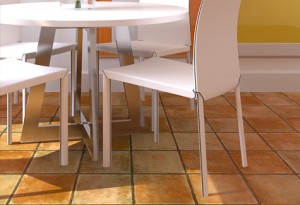 Hungarian vinyl flooring manufacturer Graboplast is set to achieve a major production cost saving after the recent launch of its new €2.72m (£2.3m) PVC recycling plant at Tatabánya in western Hungary.
Hungarian vinyl flooring manufacturer Graboplast is set to achieve a major production cost saving after the recent launch of its new €2.72m (£2.3m) PVC recycling plant at Tatabánya in western Hungary.
Thanks to the 1,000 tonnes per annum recycling facility, the firm now aims to reduce the raw material requirement at its flooring plants in Tatabánya and Györ by 6% to 8% without any change in the product characteristics, media reports say.
The 600 sq. metre processing hall, which makes use of technology patented by Graboplast, has created 10 new jobs and was constructed with the help of EU and Hungarian government funds worth almost €800,000 (£0.7m).
Read more at prw.com
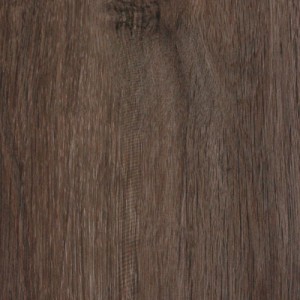 We found a very interesting article on vinyl floors and how they hold up in time.
We found a very interesting article on vinyl floors and how they hold up in time.
“When it comes to flooring, the top-selling kind is vinyl, and it comes in all kinds of colors and textures. Some even look like stone or wood. Consumer Reports included vinyl in its tests of flooring.
The most important test is how well the flooring will hold up through years of foot traffic. To simulate, a machine scrubs the flooring up to 500 times. Testers also evaluate how well the flooring resists stains and whether sharp objects will scratch it. And you don’t want the sun to fade your floor, so testers place flooring in a machine and expose it to ultraviolet rays. The Wicanders Corkcomfort ran into trouble.
Consumer Reports says vinyl flooring that has the industry’s “FloorScore certification” indicates it emits relatively low levels of VOCs. When the battery of tests was done, the best vinyl beat all the other flooring, including wood and laminate.”
Read more at www.kjrh.com
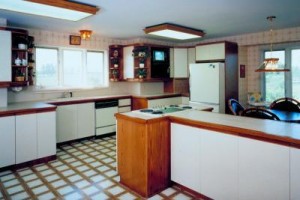 Stick-on vinyl tiles are meant to make installation easy, but the work is doubled if you have to remove the existing floor. In some cases, the tiles can be placed right on top of an existing vinyl floor, as long as it meets certain conditions.
Stick-on vinyl tiles are meant to make installation easy, but the work is doubled if you have to remove the existing floor. In some cases, the tiles can be placed right on top of an existing vinyl floor, as long as it meets certain conditions.
Stick-on vinyl tiles can be laid directly over an existing vinyl floor as long as the floor is in good condition. The existing vinyl must be securely attached to the sub floor and not bubbling, lifting or curling at the edges. There should not be any visible seams, and the vinyl must still be soft and pliable and not crumbling, degrading or splitting. Any damage in the existing floor will show through the new vinyl tiles. Medium-grit sandpaper can be used to smooth rough tile areas. If the floor is textured or has any dents or dings, spread a liquid underlayment or embossing leveler over the existing vinyl before applying the stick-on tiles.
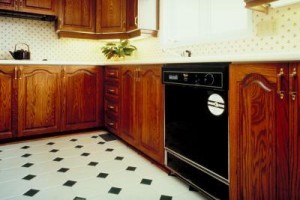 Very nice how-to article on how to repair a raided seam sheet of vinyl flooring.
Very nice how-to article on how to repair a raided seam sheet of vinyl flooring.
“Sheet vinyl flooring covers a large area of floor with minimal seams, but over time the adhesive can lose its bond, and the seams may rise as a result. Raised seams not only ruin the look of your floor, they present tripping hazards. By putting off the repair, it can lead to further damage to the floor. Most homeowners can repair a raised vinyl flooring seam in just a few steps.
Step 1Apply heat to the flooring around the raised seams using a hair dryer. The heat from the hair dryer softens the vinyl, which prevents it from cracking as you repair the seam.
Step 2Lift the raised section of vinyl flooring up from the floor, and then scrape as much old adhesive from the subfloor as possible with a putty knife. If both sides of the seam have lifted, do the same on the other side.
Step 3Remove large chunks of adhesive as you scrape, and then vacuum debris, dirt and dust from the subfloor beneath the vinyl flooring.”




